1. احتباس الغاز في خط الأنابيب
هناك سببان شائعان لاحتباس الغاز في خط الأنابيب:
- عدم تطهير الهواء من خط الأنابيب قبل بدء التشغيل: إذا لم تتم إزالة الهواء الموجود في خط الأنابيب بشكل كافٍ قبل تنشيط النظام، فسوف يتراكم الغاز عند النقاط العالية من خط الأنابيب. وعندما يتدفق السائل، يُحمل الغاز ويخرج على شكل فقاعات.
- فقاعات صغيرة محمولة في السائل تتراكم في النقاط العالية: تتراكم الفقاعات الصغيرة في السائل تدريجيًا في خط الأنابيب، مما يؤدي إلى احتباس الغاز في النقاط العالية.
يظهر العطل عادةً على شكل تباين بين معدل التدفق المقاس ومعدل التدفق الفعلي، بالإضافة إلى إشارات خرج غير مستقرة أو متذبذبة.
دراسة حالة:
استخدم مصنع للبتروكيماويات في نانجينغ خطوط أنابيب DN1000 مم لسحب المياه من نهر يانغتسي، بطول خط أنابيب يبلغ 10 كيلومترات، ويمر عبر تلال صغيرة. تم تركيب مقياس تدفق كهرومغناطيسي DN700 مم عند أعلى نقطة في خط الأنابيب. بعد بدء التشغيل، فشل مقياس التدفق في العمل بشكل صحيح. عند التفتيش في الموقع، تم اكتشاف أصوات تدفق مياه غير عادية بالقرب من مقياس التدفق. أشار التحليل الأولي إلى أن خط الأنابيب لم يتم تطهيره من الهواء، وأن تصميم النظام لم يتضمن صمام تنفيس عند النقطة العالية، مما منع طرد الغاز. تم قياس إشارة القطب الكهربائي حتى 4 مللي فولت، وكان معظمها عبارة عن جهد تداخل. وبما أنه لم يكن من الممكن إيقاف تدفق المياه لإجراء مزيد من الفحص، ظلت المشكلة دون حل. بعد عدة أشهر، وبعد متابعة من فريق الصيانة التابع للشركة المصنعة، لم يعد يُسمع صوت تدفق المياه. كان هذا بسبب أن الهواء المتبقي تم حمله بعيدًا بواسطة المياه المتدفقة. بعد إعادة المعايرة، استأنف مقياس التدفق العمل بشكل طبيعي.
2. الابتلاع المستمر للغازات
يمكن أن يتسبب الابتلاع المستمر للغاز أيضًا في حدوث مشاكل في مقياس التدفق، خاصةً في خزانات المياه أو المنشآت المماثلة، حيث يؤدي عدم كفاية مستويات المياه إلى ابتلاع فقاعات الهواء، مما يؤثر على القياس.
دراسة حالة:
في محطة مياه في قوانغشي، تم إنشاء خزان مياه صافٍ على تلة في الضاحية، باستخدام الطاقة الكامنة لارتفاع الخزان لإرسال المياه. وأبلغ المشغلون أن مقياس التدفق الكهرومغناطيسي DN700 مم أظهر في بعض الأحيان معدلات تدفق غير مستقرة، مع وجود أخطاء كبيرة تصل إلى 20%. كشف فحص الموقع عن وجود مشكلة في موضع تركيب مقياس التدفق. عندما كان مستوى الماء غير كافٍ، تم امتصاص فقاعات هواء، وفي بعض الأحيان، لم يكن أنبوب قياس مقياس التدفق ممتلئًا بالكامل. على وجه التحديد، عندما ينخفض مستوى المياه إلى ما دون الخط (أ)، على الرغم من بقاء السحب فوق سطح الماء، فإن انخفاض مستوى المياه كان يسبب دوامة عند النقطة (ج)، مما يسحب الهواء من سطح الماء ويشكل فقاعات، مما يؤدي إلى قراءات غير مستقرة. إذا انخفض مستوى الماء إلى الخط B، سيصبح أنبوب القياس فارغًا. ولحل هذه المشكلة، أوصينا بتركيب انحناءة كما هو موضح في الخط المنقط، وتوسيع السعة الفعالة لخزان المياه لتقليل فرصة ابتلاع الهواء، وتعويض أوجه القصور في التصميم الأصلي.
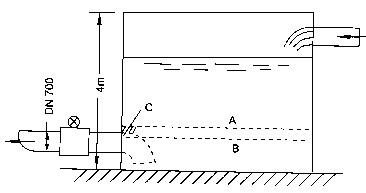
الملخص
توضح هذه الحالات أن المشكلات المتعلقة بالغاز - سواء من احتباس الغاز أو الابتلاع المستمر - يمكن أن تؤثر بشكل كبير على تشغيل أجهزة قياس التدفق الكهرومغناطيسي. ولضمان الحصول على قراءات دقيقة ومستقرة، من الضروري تصميم خطوط الأنابيب بتدابير فعالة لتطهير الهواء وضمان ملء أنابيب القياس بالسائل بالكامل. في التطبيقات العملية، يمكن معالجة مثل هذه المشاكل من خلال تعديل هياكل خطوط الأنابيب وتوسيع سعات الخزانات لمنع تكوين فقاعات الهواء وتراكمها، وبالتالي تحسين دقة قياس مقياس التدفق.
More Case Studies of Mag Meters:
- دراسة حالة: خط إنتاج المستحضرات الصيدلانية الحيوية للإريثروميسين
- تطبيق أجهزة قياس التدفق في مشروع إنتاج منتجات سلسلة البيروليدون
- حل مشروع محطة التدفئة المركزية
- مراقبة تدفق عملية تعبئة النبيذ والتحكم فيها

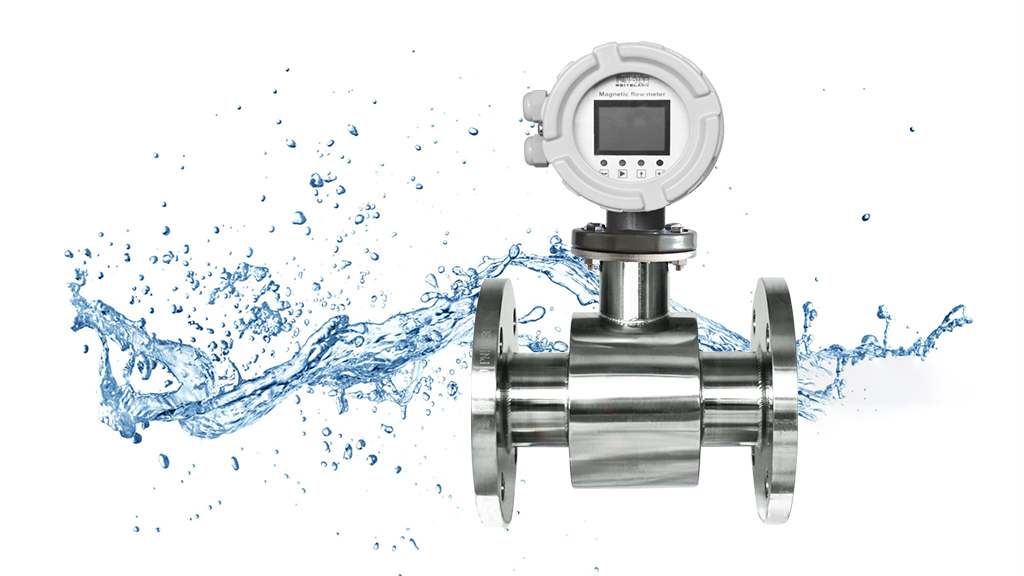
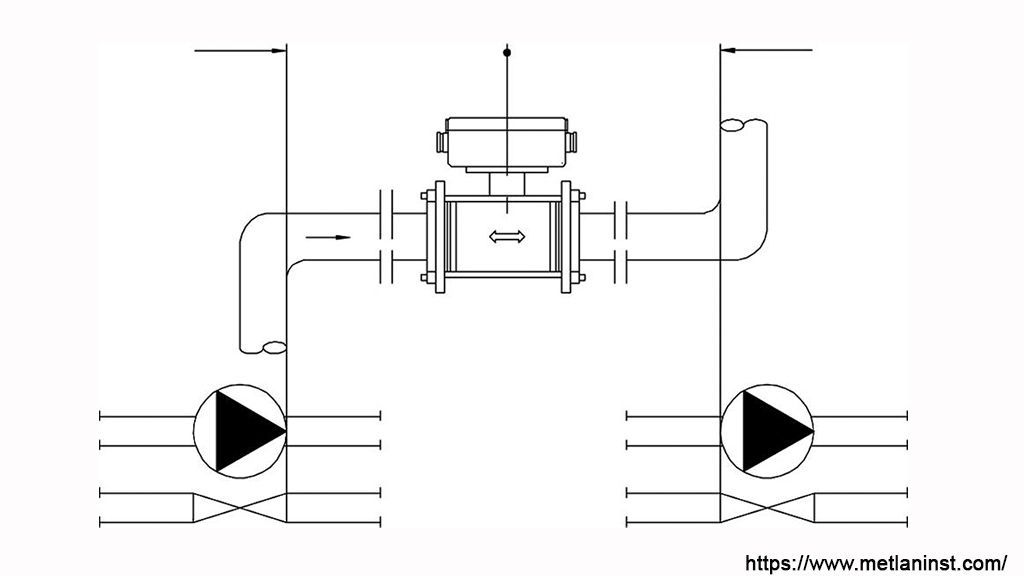
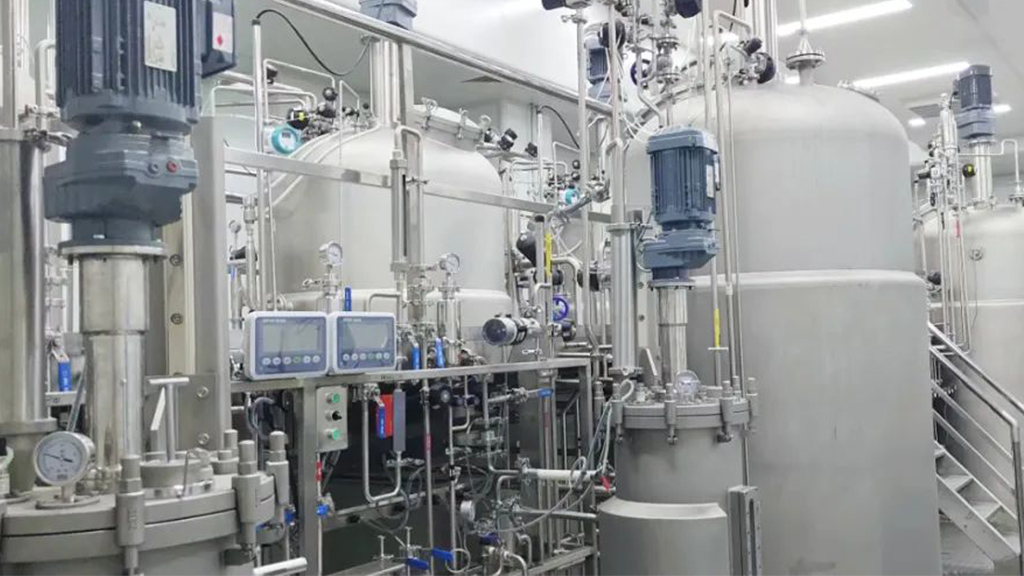
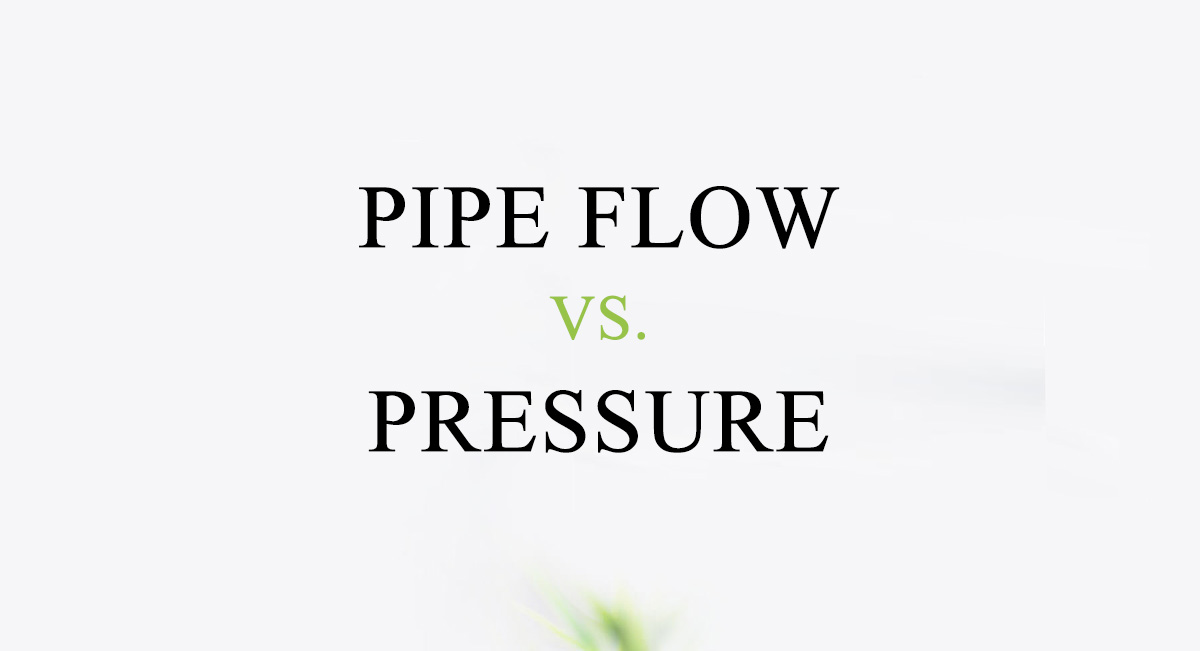
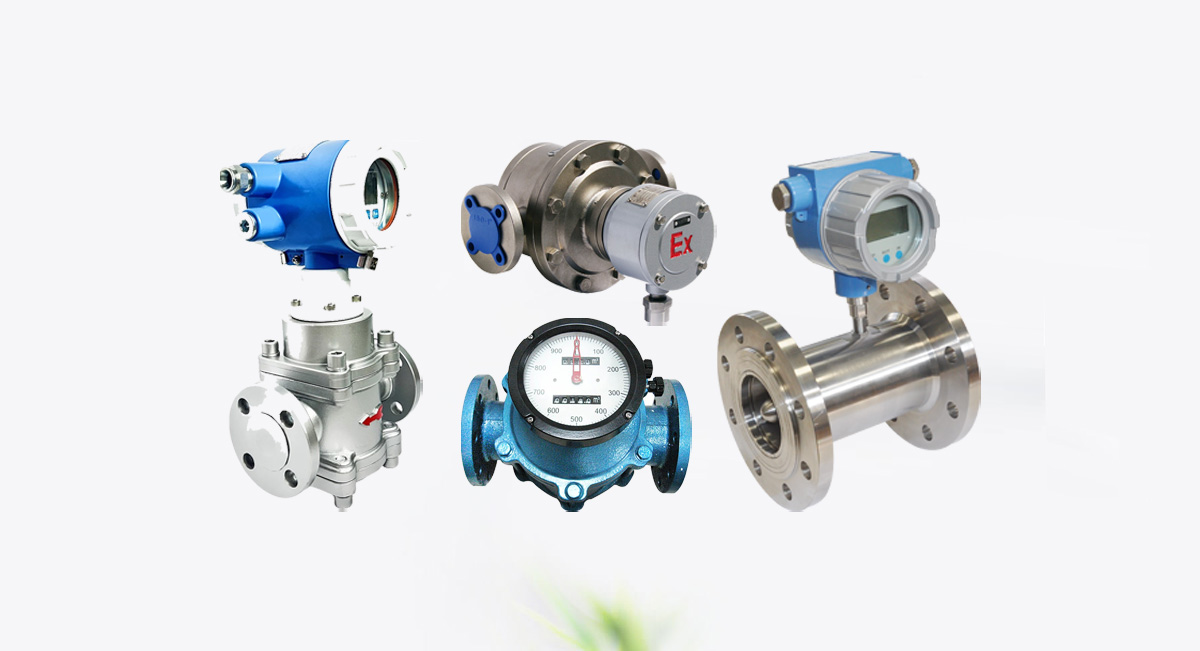
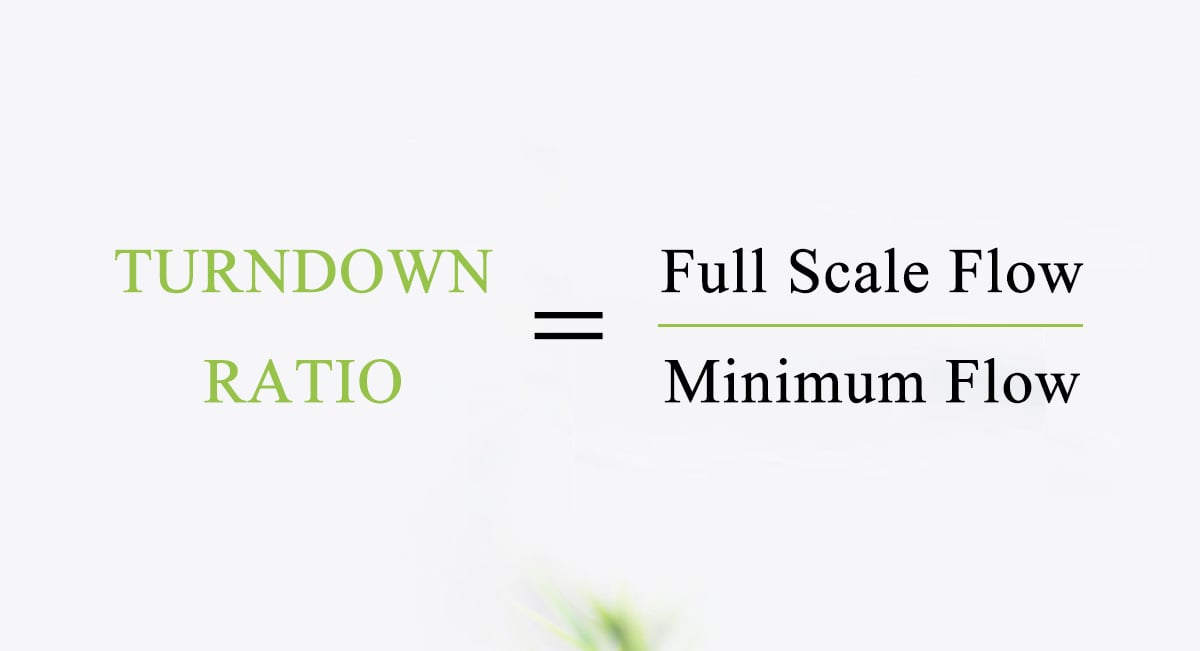
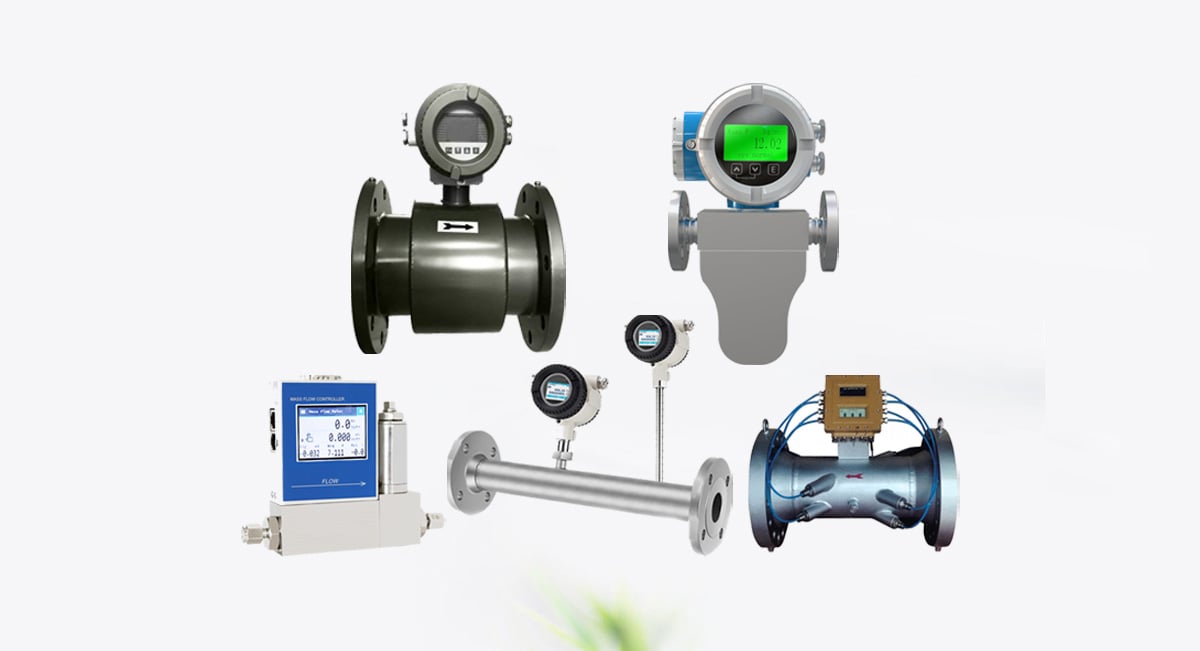
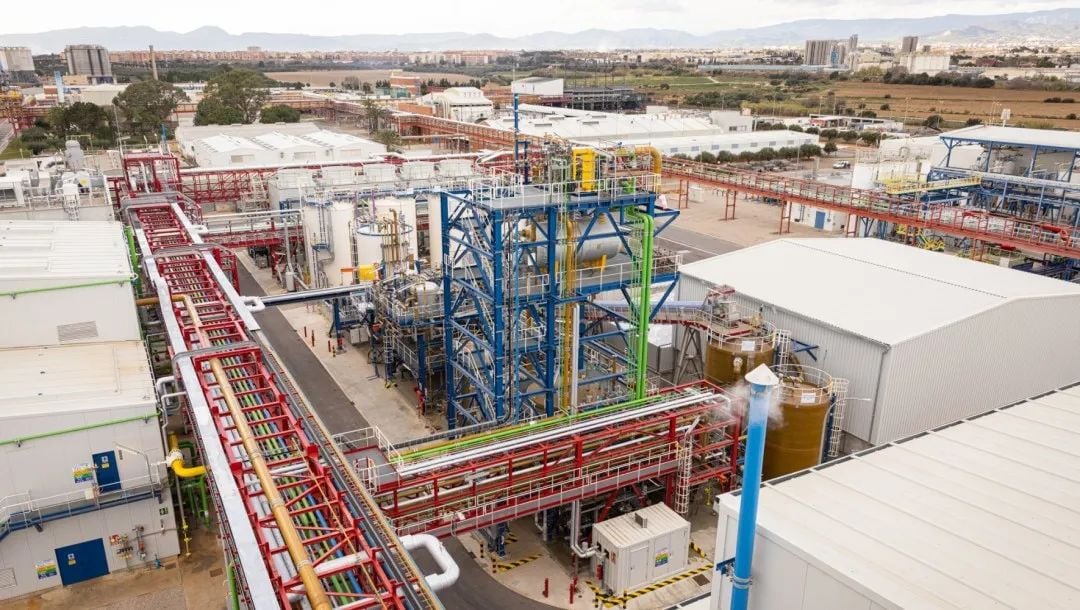
اترك تعليقاً